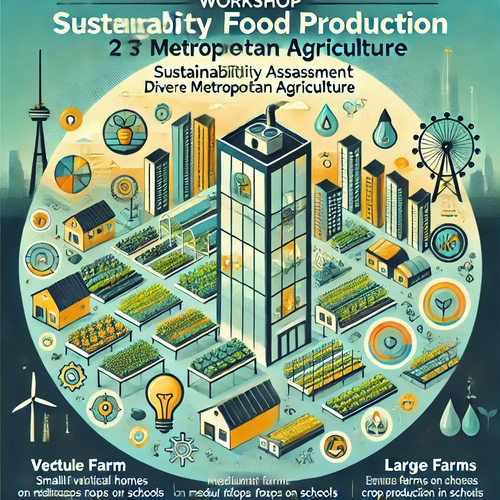Enter vertical farming: a closed system that controls light, temperature, humidity, produces more yield. While they use significantly less water and CO2 than greenhouses, vertical farms consume five times more energy. So the business case may not yet be ripe, but Qianxixi Min is investigating how vertical farming can yield a lot of food with far less energy in unique, integrated systems.
The research systematically compares three distinct — and more local — vertical farm types, varying in size, design, control levels, functionalities, and proximity to consumers: small farms inside personal kitchens and residences, medium ones serving the neighbourhood (perhaps on roofs, in schools, empty office buildings, or basements), and larger ones within the greenbelt that reduce transport costs.
The study meticulously evaluates their energy consumption, environmental impact, and crop production efficiency, with the aim of providing a comprehensive overview of the sustainability performance across different vertical farm scenarios. For example, results from her study at Wageningen University reveals how, compared to 41kg/m2 in a greenhouse, lettuce yields increase by 2-3 times to 80-120 kg/m2 when grown in a vertical farm. Growing lettuce in an open field requires 250 litres/kg, versus 20 litres in a greenhouse and 1 litre in a vertical farm. Transport is another big incentive: greens grown in more local vertical farms travel hundreds or even thousands of kilometres less to reach the dinner table.
Min’s ongoing research will examine working urban farms and seek ways to reduce emissions, expand materials reuse, and explore how green energy in a city can extend to their vertical farms as well. Even that head of lettuce is being tested for how much dark storage and light treatment it needs for optimal shelf life and vitamin C content.
The ability to produce more plants in smaller spaces, all year round, and with no pesticides means tea no longer has to be grown in the mountains. It means desert cities with no soil can produce their own food. Or densely populated cities like Singapore with limited arable land can have a green thumb.
